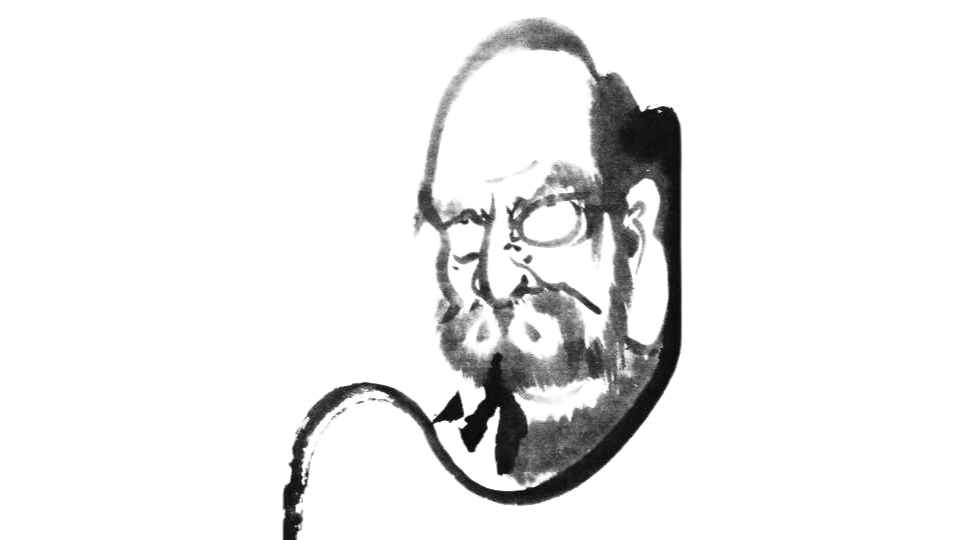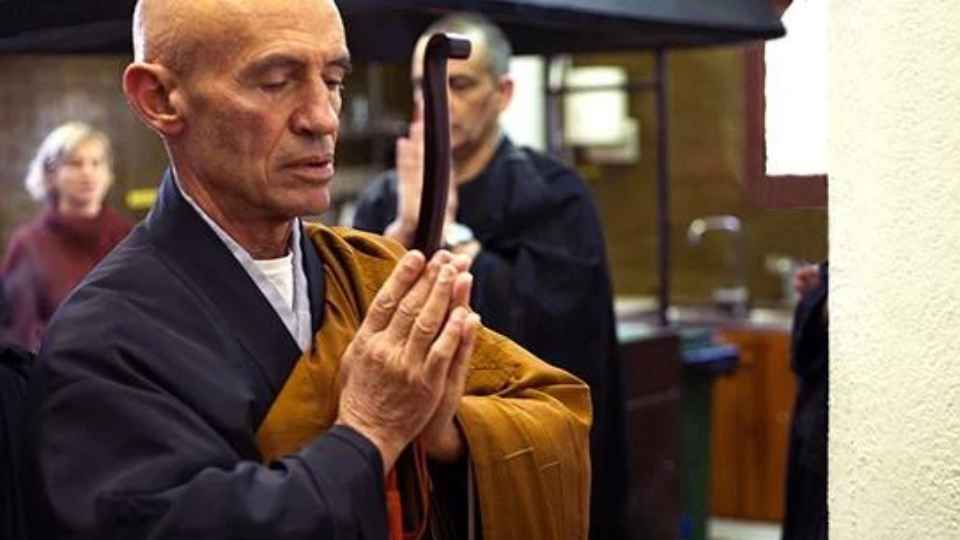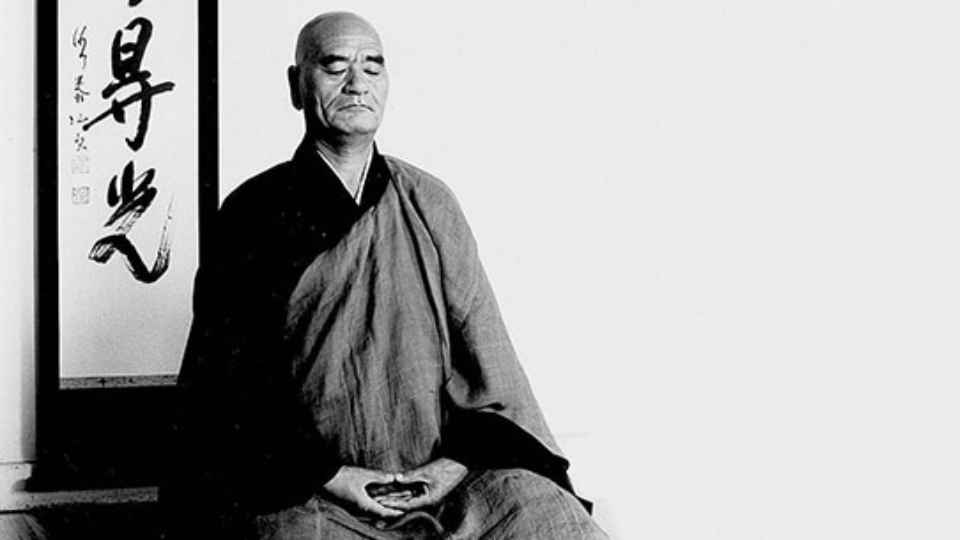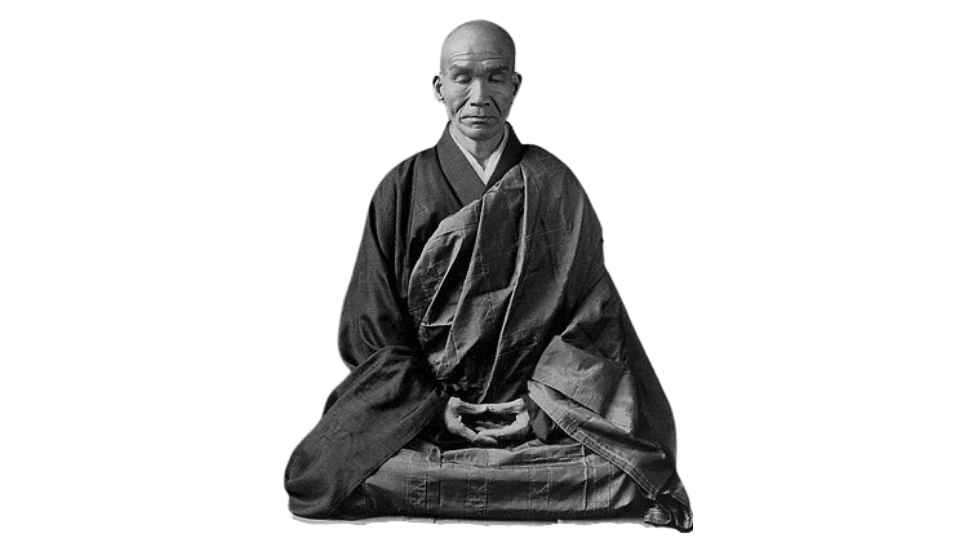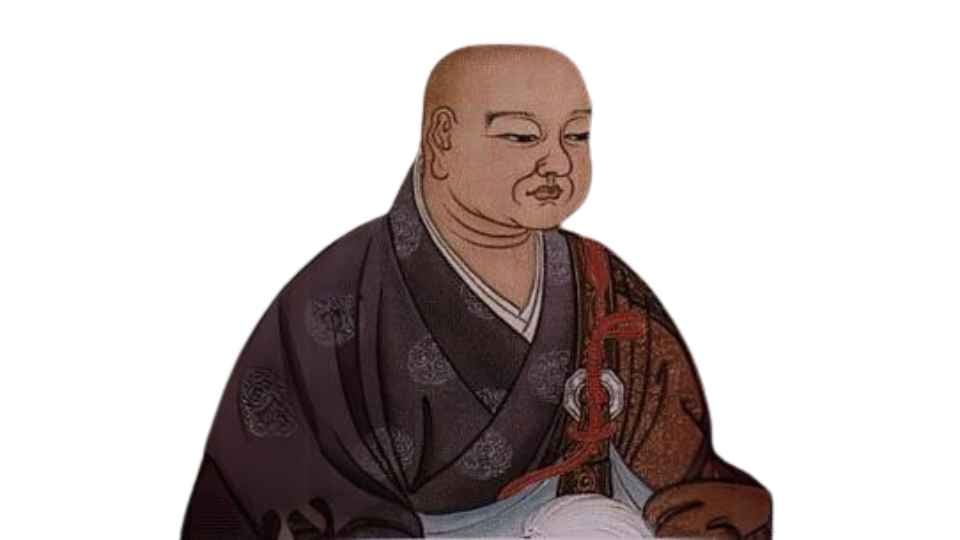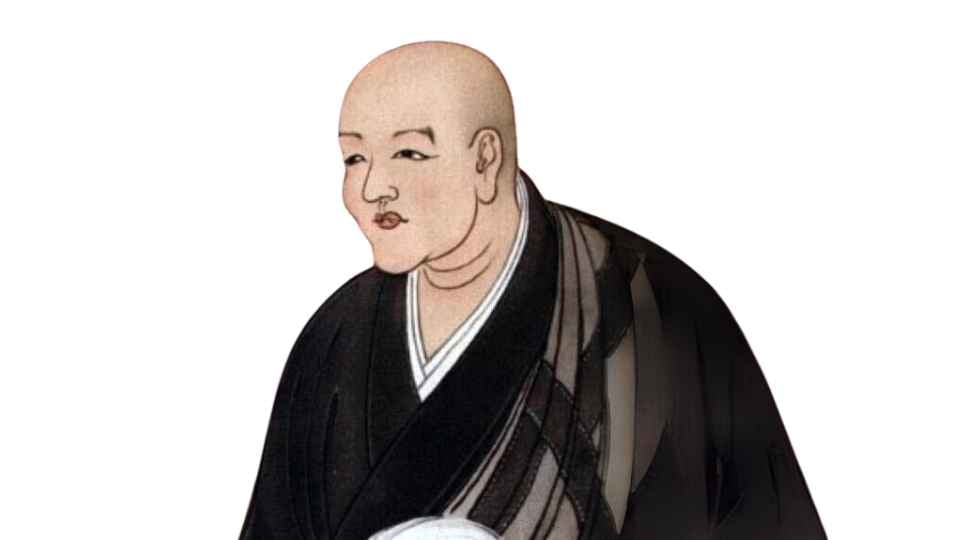Bodhidharma, often considered the 28th Indian master of Zen and the 1st Chinese master, is a central figure in Zen Buddhism. He is credited with introducing Zen Buddhism (Chan) in China in the 6th century AD. Historically, he was a Buddhist monk of Indian origin, and although the exact details of his life are somewhat obscure and surrounded by legends, his influence is profound.
Bodhidharma’s Arrival in China
It is said that Bodhidharma traveled from India to China, where he initially encountered resistance but eventually settled at the Shaolin Monastery.
His teaching focused on direct experience and meditation rather than reliance on texts or rituals.
Teaching of Dhyana (Zen Meditation or Zazen)
The primary teaching of Master Bodhidharma was Dhyana (known as Zazen in Japan), a form of meditation that emphasized the direct perception of the nature of reality.
Famously, he rejected dependence on scriptures, instead promoting the realization of one’s Buddha-nature through personal practice.
The Legend of Meditating in Front of a Wall
One of the most famous legends about Bodhidharma is that he spent nine years meditating in front of a wall in a cave near the Shaolin Temple. This exemplifies his deep commitment to meditation as a path to enlightenment. His unwavering meditation practice is often held up as an example for Zen practitioners.
The Principles and Practice of Master Bodhidharma
Master Bodhidharma taught that there are basically two ways to enter the Path of Zen: principles and practice. Entering through principles means realizing the Path by seeing directly that all living beings share the same true nature. This nature is not apparent because it is obscured by sensation and illusion. Those who return from illusion to what is real, who meditate facing the wall, the absence of self and other, the unity between the wise and the ignorant, and who remain unmoved, are in complete and silent agreement with the principles. Without moving or striving, they enter, as we say, by the principles.
Entering through practice refers to four practices that encompass everything: enduring adversity, adapting to conditions, expecting nothing, and practicing the Dharma.
The Legacy of Master Bodhidharma
His teachings laid the foundation for Zen, which later spread to Korea, Japan, and beyond.
Master Bodhidharma is often depicted as a fierce-looking figure, emphasizing his tireless dedication to meditation practice and self-realization.
Bodhidharma’s approach to Zen emphasized rigorous determination and the understanding that enlightenment is something experienced directly, not something that can be explained through words or rituals. His influence continues to resonate in Zen practice today.
Roland Yuno Rech, Zen Master
Roland Yuno Rech, born in 1944, graduated from the Paris Institute of Political Studies and…
Taisen Deshimaru. The Bodhidharma of modern times
Born in Saga in 1914, Taisen Deshimaru was a disciple of Master Kodo Sawaki, one…
Kodo Sawaki. Homeless Kodo
Kodo Sawaki (1880-1965) was an influential Japanese Zen master, known for revitalizing the practice of…
Keizan Jokin. 700th anniversary homage
In the history of Zen, there have been especially brilliant masters. One of them is…
Eihei Dogen. Author of Shobogenzo
Zen Master Dogen (1200-1253) is one of the most influential figures in Japanese Buddhism, particularly…
Bodhidharma. Founder of the Zen school
Bodhidharma, often considered the 28th Indian master of Zen and the 1st Chinese master, is…

